Do you require any assistance? Simply reserve your appointment online below
Kyphosis and Scoliosis
Regain your independence
Kyphosis is a condition of abnormal curvature of the spine that causes rounding of the upper back or a hunchback.The thoracic portion of the spine normally has a “C”-shaped curve, but excessive forward curve in the spine leads to kyphosis.
Scoliosis on the other hand is a disorder that causes an abnormal curve of the spine, or backbone of the spine in a patient who has finished growing.The spine curves abnormally to the right or left side and also involves a twisting or rotation of the bones of the spine.
As the vertebrae rotate, this may cause clinical change in the appearance of the patient’s back and may also lead to painful degeneration of the spine leading to back pain or nerve pain or in severe cases alter lung and heart function.
Doctors may use the letters “C” and “S” to describe the curve of the backbone.
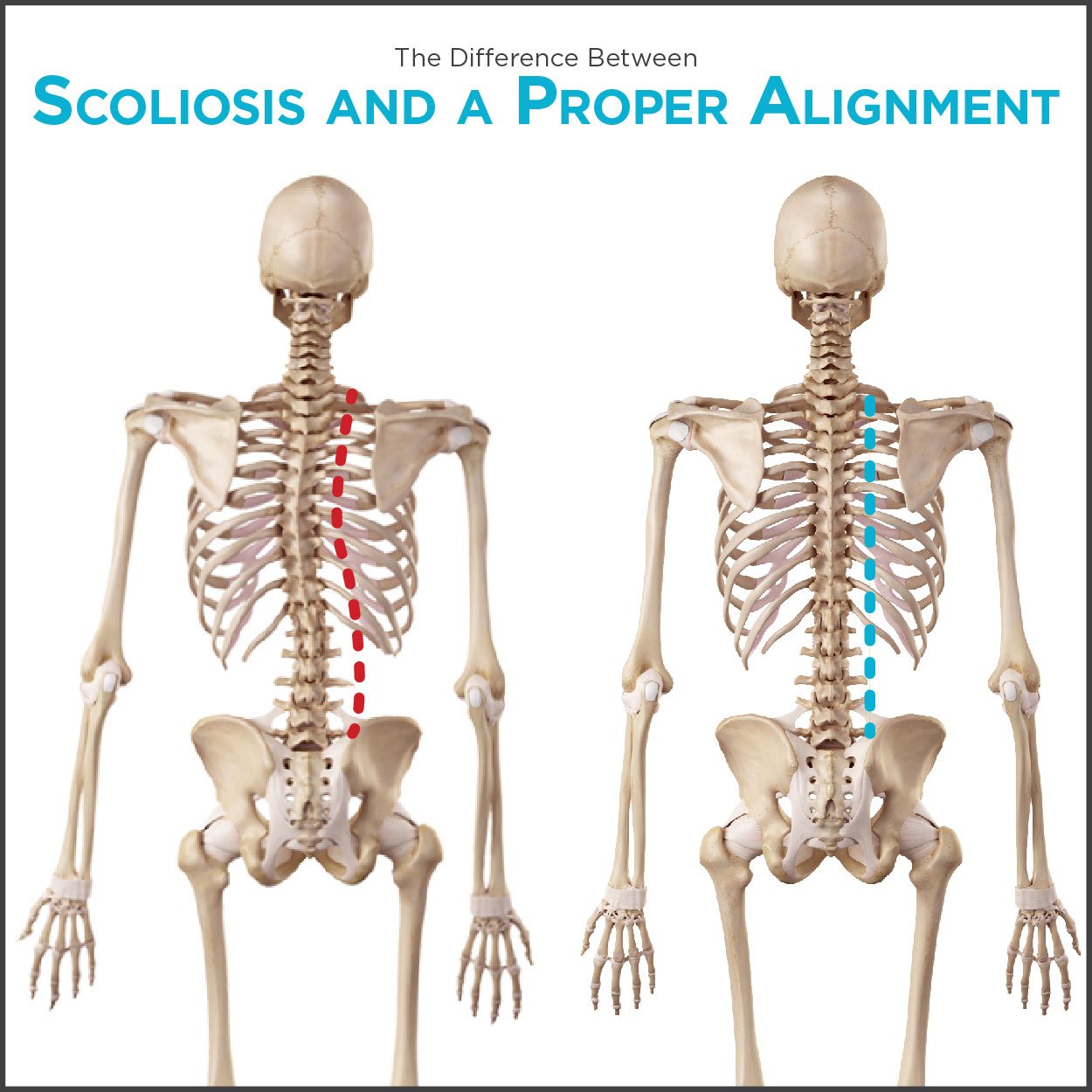
Signs and Symptoms of Scoliosis and Kyphosis
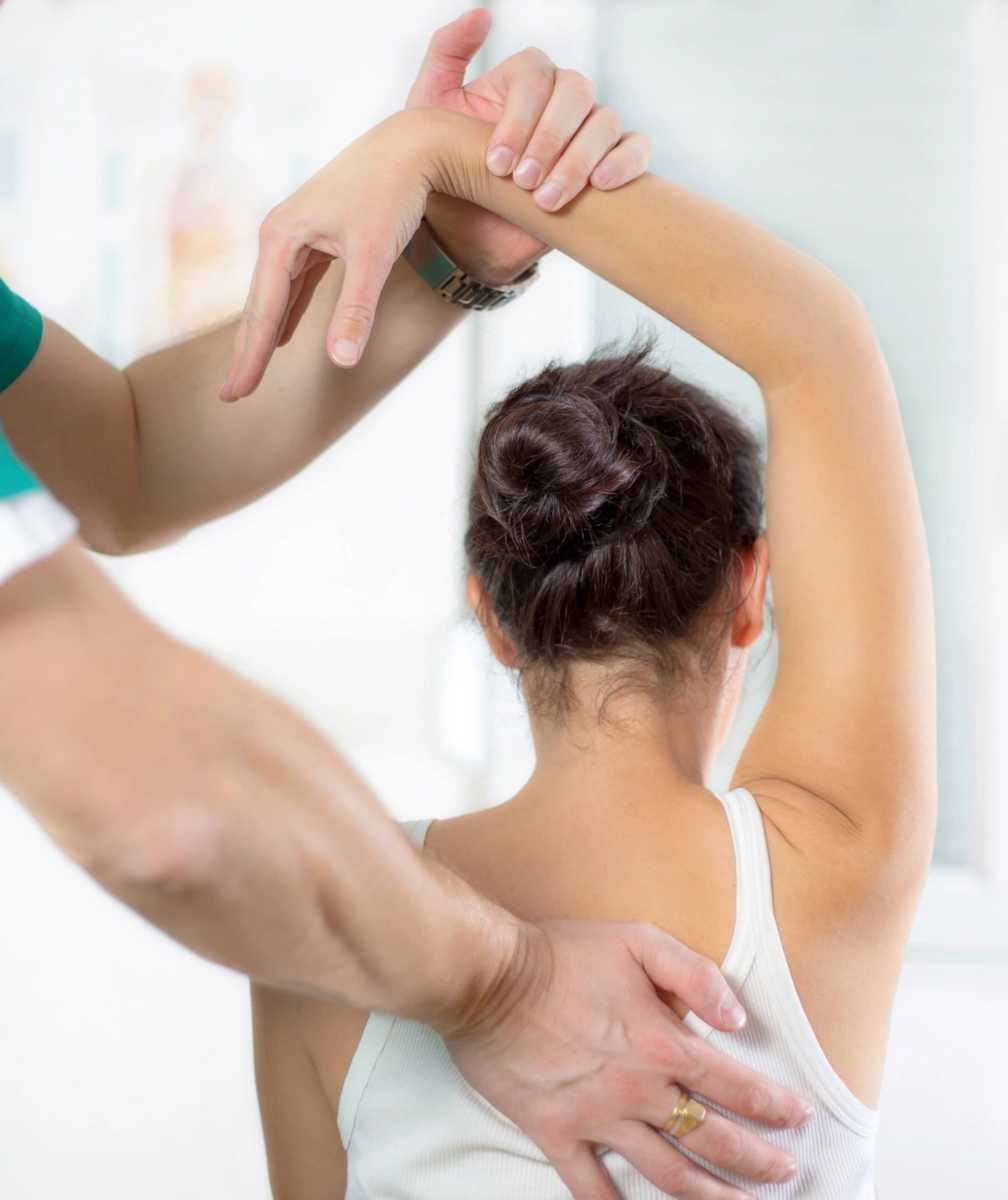
The symptoms of kyphosis may vary based on the severity, ranging from minor change in the shape or appearance of the back to more severe nerve problems and long lasting back pain.
There may be weakness in the legs because of the pressure exerted on the spinal cord and nerve from the spinal curvature.
Difficulty in breathing may also develop as a result of pressure over the lungs. In infants, symptoms of Scoliosis include:
- a bulge on one side of the chest
- the baby might consistently lie curved to one side
- in more severe cases, problems with the heart and lungs, leading to shortness of breath and chest pain
If a scoliosis curve gets worse, the spine will also rotate or twist, in addition to curving side to side. This causes the ribs on one side of the body to stick out farther than on the other side.
Physical Therapy
Physical therapy exercises and rehabilitation program helps to control pain and improve strength, mobility as well as perform daily activities easily.
Pain may get relieved even though the kyphosis curve cannot be rectified with the help of exercises.
Physical therapy sessions may be scheduled 2-3 times in a week and should be continued for up to six weeks.
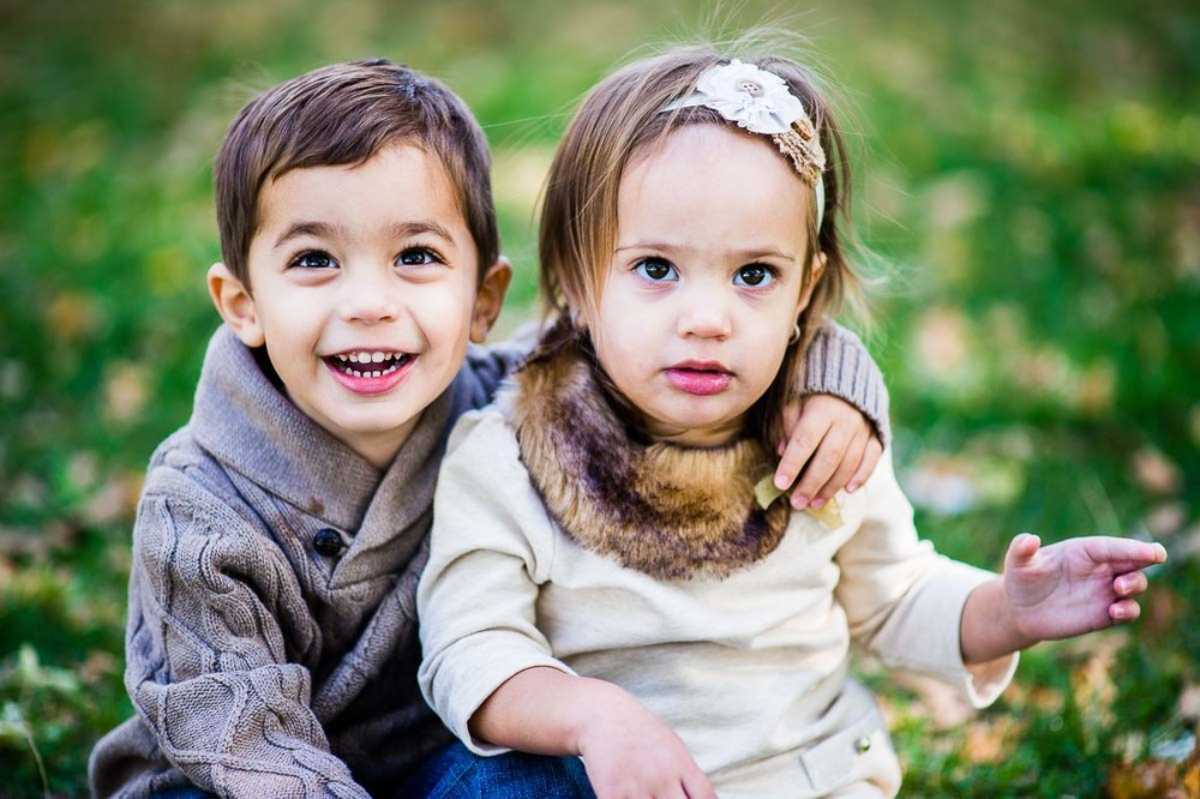
Treatment of Scoliosis and Kyphosis
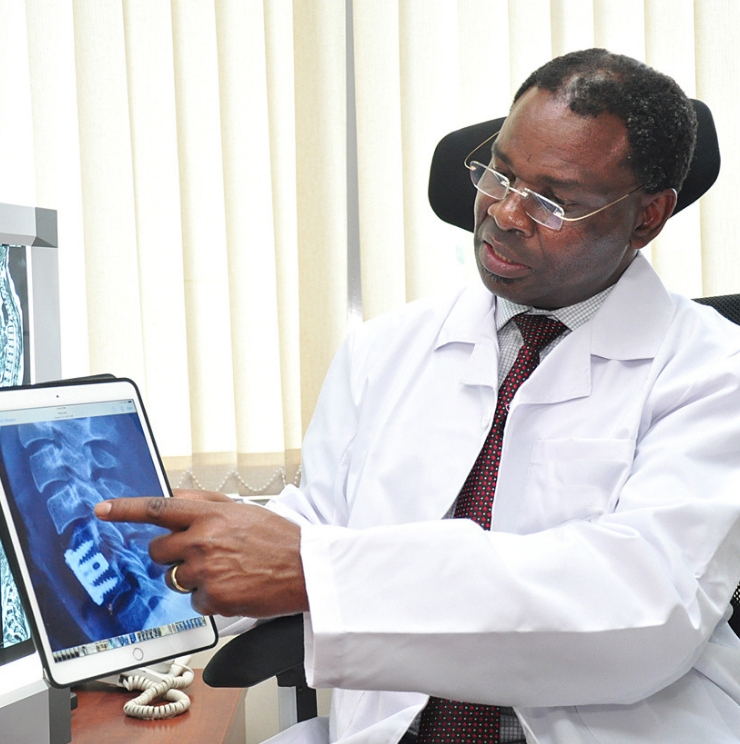
Physical therapy exercises and rehabilitation program helps to control pain and improve strength, mobility as well as perform daily activities easily.
Pain may get relieved even though the kyphosis curve cannot be rectified with the help of exercises. Physical therapy sessions may be scheduled 2-3 times in a week and should be continued for up to six weeks.
Lifestyle and home remedies. Although physical therapy exercises can’t stop scoliosis, general exercise or participating in sports may have the benefit of improving overall health and well-being.
Exercises. Exercise provided all aim to realign the spine, rib cage, shoulders, and pelvis, to achieve a “normal” posture.
Braces
If your child’s bones are still growing and he or she has moderate scoliosis, your doctor may recommend a brace. Wearing a brace won’t cure scoliosis or reverse the curve, but it usually prevents further progression of the curve.
Most braces are worn day and night. A brace’s effectiveness increases with the number of hours a day it’s worn. Children who wear braces can usually participate in most activities and have few restrictions.
If necessary, kids can take off the brace to participate in sports or other physical activities.
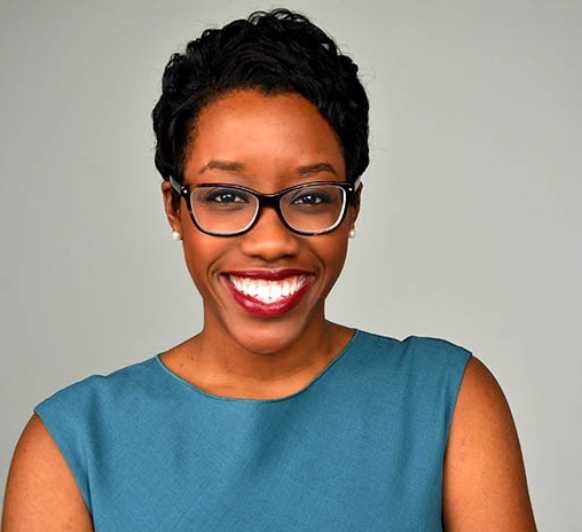
You are in Great Hands
Surgical treatment for Scoliosis and Kyphosis
In severe cases, scoliosis can progress over time. In these cases, the physician may recommend spinal fusion. This surgery reduces the curve of the spine and stops it from getting worse.
Scoliosis surgery involves the following:

Bone grafts – two or more vertebrae (spine bones) are connected with new bone grafts. Sometimes, metal rods, hooks, screws, or wires are used to hold a part of the spine straight while the bone heals.
Bone grafting is used for many types of orthopedic procedures that require bones to heal. In spine surgery, bone grafting stimulates healing and provides support to the spine by filling gaps between two bones.
Intensive care
the operation lasts 4-8 hours. After surgery, the child is transferred to an ICU where they will be given intravenous fluid and pain relief. In most cases, the child will leave the ICU within 24 hours, but may have to remain in hospital for a week to 10 days.
Recovery
Children can usually go back to school after 4-6 weeks, and can take part in sports roughly 1 year after surgery. In some cases, a back brace is needed to support the spine for about 6 months.
The patient will need to return to the hospital every 6 months to have the rods lengthened – this is usually an outpatient procedure, so the patient does not spend the night. The rods will be surgically removed when the spine has grown.

What to Expect After Spinal Surgery
The duration of surgery and the recovery time vary widely, depending on the procedure performed. A discectomy may not require an overnight hospital stay, whereas a spinal fusion may require several days of hospitalization for observation.
Regardless of the surgery performed, NSOC pain management specialists ensure that you have the medication you need to remain comfortable while you recover. In addition, rehabilitation experts assess your level of mobility and help you get back on your feet as quickly as possible.
Many people stand or walk the day after surgery, although movement may be minimal at first. Older people may need more time to recover in bed.
Follow-up appointments with your NSOC surgeon occur two weeks after any type of surgery, and then every three months for the first year if spinal fusion was performed. The doctor usually conducts an X-ray at each appointment to confirm that the spine is stable.
Every person’s recovery timeline is different. Your doctors ensure that you are making appropriate progress and can help you to prevent any complications or setbacks.

